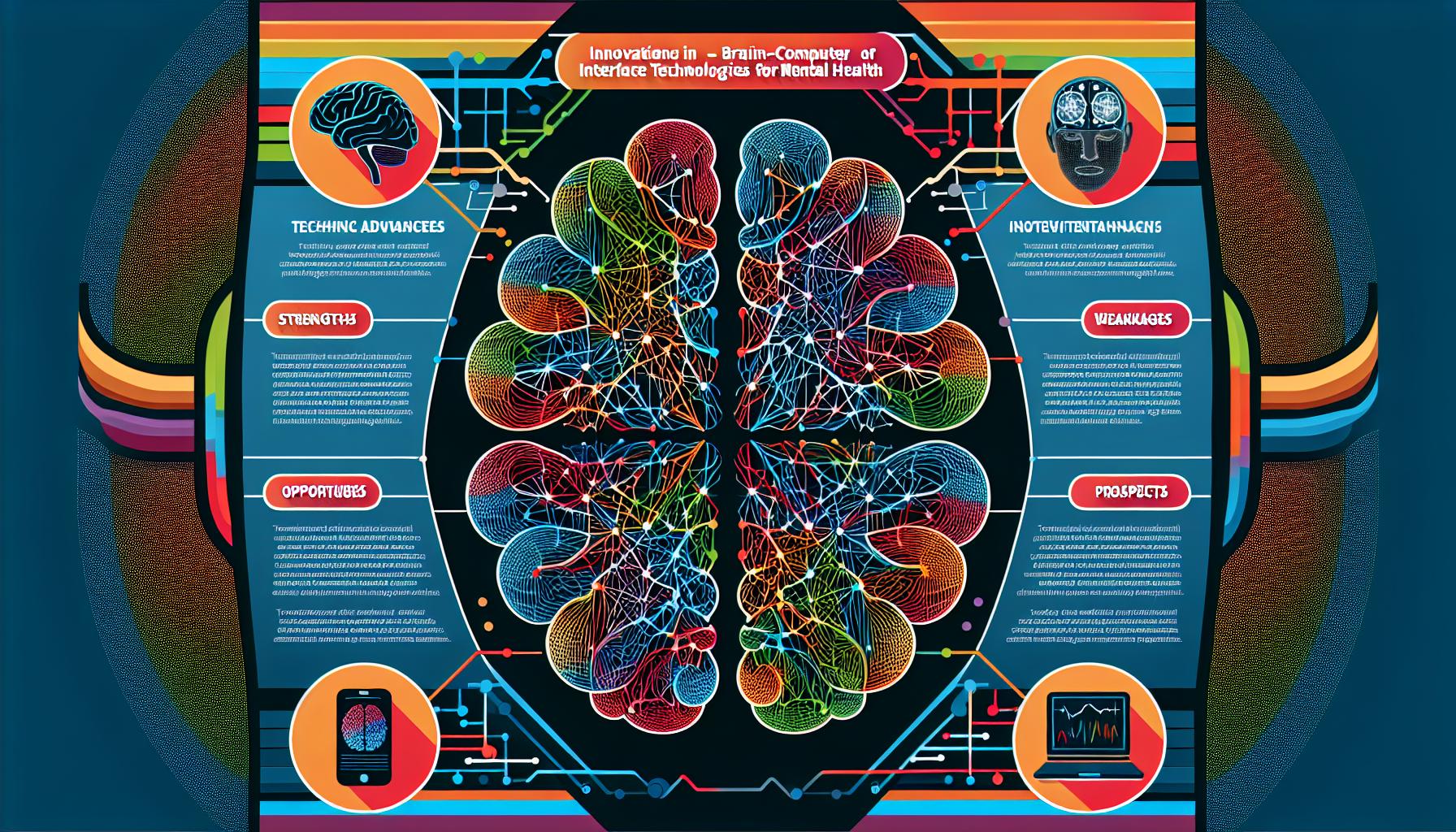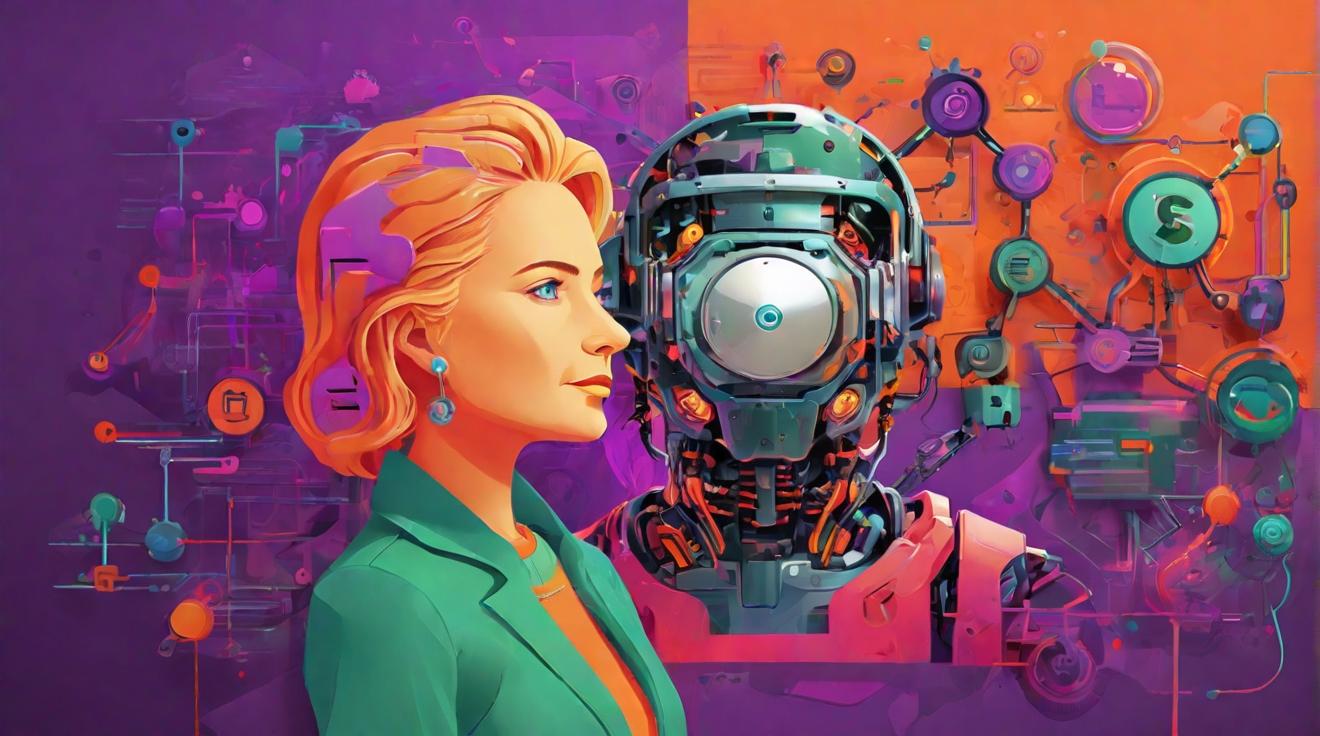Advancing Mental Health: Exploring Neurotechnology’s Potential
Mental health has long been a pressing concern worldwide, with millions of individuals suffering from various conditions such as anxiety, depression, and schizophrenia. While traditional approaches like therapy and medication have been helpful, there is a growing interest in exploring new avenues to tackle these challenges. One such avenue is neurotechnology, which holds tremendous potential in revolutionizing mental health treatment. By leveraging brain-computer interfaces (BCIs) and other cutting-edge technologies, researchers are opening up exciting possibilities for understanding, diagnosing, and treating mental health disorders.
Unveiling the Power of Brain-Computer Interfaces for Mental Health
Central to the field of neurotechnology is the brain-computer interface, a technology that enables direct communication between the brain and external devices. BCIs can record neural activity, decode it, and translate it into commands that can be used to control external devices or provide feedback to the user. In the context of mental health, BCIs offer a unique opportunity to gain insights into the inner workings of the brain and develop personalized interventions.
BCIs can help diagnose and monitor mental health conditions by measuring brain activity patterns associated with specific disorders. This objective data can provide valuable insights into a patient’s condition, leading to more accurate diagnoses and personalized treatment plans. Additionally, BCIs can be used to deliver targeted interventions such as neurofeedback, where individuals learn to regulate their brain activity in real-time. This approach has shown promise in reducing symptoms and improving mental well-being.
SWOT Analysis: Evaluating Strengths, Weaknesses, Opportunities, and Threats in Neurotechnology
To fully understand the potential of neurotechnology for mental health, a SWOT (Strengths, Weaknesses, Opportunities, and Threats) analysis is crucial. Starting with strengths, BCIs have the advantage of providing objective and real-time data, enabling precise monitoring and treatment. They also have the potential to enhance traditional therapies by augmenting the therapeutic process and accelerating progress.
However, BCIs also face several weaknesses. The technology is still relatively new and complex, requiring specialized expertise and resources for development and implementation. Additionally, the invasive nature of some BCIs may present ethical concerns and limit their accessibility. Moreover, the accuracy and reliability of data interpretation from BCIs are still being explored, leading to potential challenges in treatment effectiveness.
Opportunities abound for the future of neurotechnology. Advances in machine learning and artificial intelligence can enhance the capabilities of BCIs, enabling more accurate predictions and targeted interventions. Furthermore, the integration of BCIs with other technologies, such as virtual reality, could create immersive and highly personalized therapeutic experiences.
However, there are also threats that must be considered. Privacy and data security are significant concerns when working with brain data, and ensuring robust safeguards is crucial. Additionally, the high costs associated with developing and implementing BCIs may limit their widespread adoption, potentially creating disparities in access to mental health care.
Harnessing Innovation: Comparing Brain-Computer Interfaces for Mental Health
As the field of neurotechnology progresses, several different types of BCIs are being developed and tested for mental health applications. Each type has its unique strengths and limitations. Invasive BCIs, for example, provide high-resolution data but require surgical implantation, limiting their widespread use. Non-invasive BCIs, on the other hand, are more accessible but may lack the same level of precision.
Other factors to consider in comparing BCIs include the ease of use, comfort for the user, and potential side effects. Some BCIs rely on EEG (electroencephalography) to measure brain activity, while others use fMRI (functional magnetic resonance imaging) or implanted electrodes. Each modality has its advantages and disadvantages, and finding the right balance between accuracy, usability, and invasiveness is key.
The Future of Mental Well-being: Implications of Neurotechnology’s SWOT Analysis
Neurotechnology, particularly brain-computer interfaces, offers exciting possibilities for advancing mental health treatment. By leveraging the strengths of BCIs, such as objective data and personalized interventions, researchers can make significant strides in understanding and addressing mental health disorders. However, challenges and limitations must be acknowledged and addressed to fully harness the potential of neurotechnology.
Opportunities for innovation, such as advancements in machine learning and integration with other technologies, can further enhance the capabilities of BCIs. However, concerns regarding privacy, data security, and equitable access must be addressed to ensure that the benefits of neurotechnology are available to all. Through continued research, collaboration, and ethical considerations, the future of mental well-being looks promising with the potential of neurotechnology at hand.













